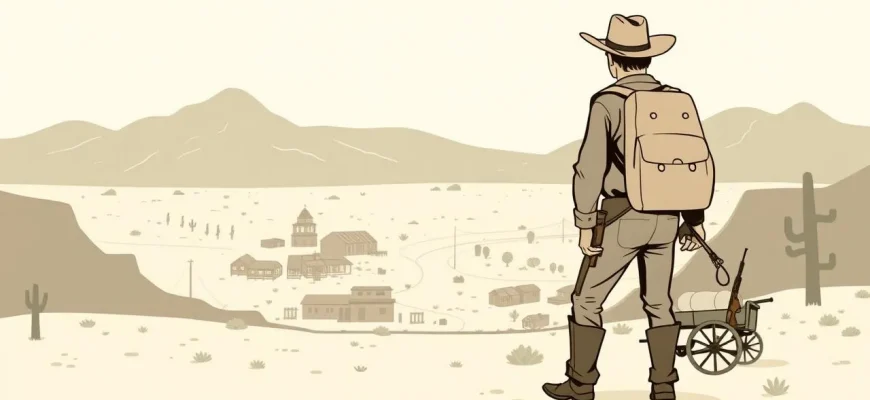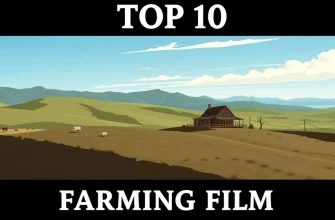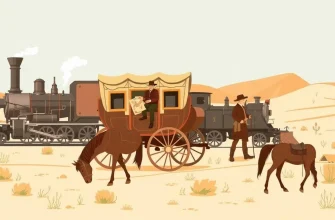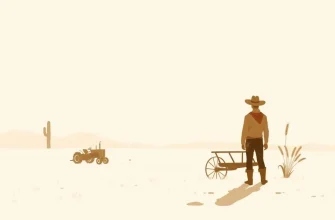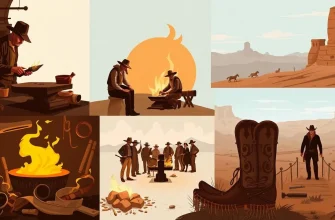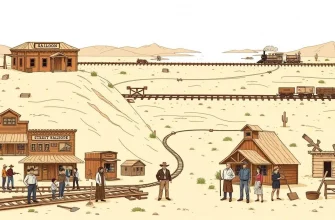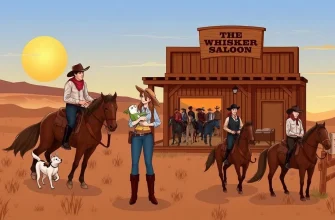The Wild West was not just about gunslingers and outlaws; it was also a bustling hub of trade and commerce. This collection of 10 Western films delves into the economic side of the frontier, showcasing how trade shaped the lives of those who lived there. From cattle drives to gold rushes, these movies offer a unique perspective on the era, blending action with the gritty reality of making a living in the untamed lands. Whether you're a fan of classic Westerns or looking for a fresh take on the genre, this selection promises to entertain and enlighten.
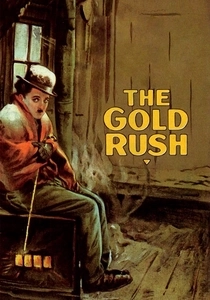
The Gold Rush (1925)
Description: Charlie Chaplin's classic silent film captures the frenzy of the Klondike Gold Rush, where trade and commerce were at the heart of the gold-seeking adventure.
Fact: Chaplin re-released the film in 1942 with a new soundtrack, including his own narration and music, making it one of the first films to be re-released with sound.
 Watch Now
Watch Now 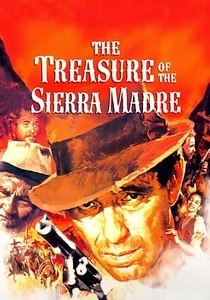
The Treasure of the Sierra Madre (1948)
Description: This film, set in the early 20th century, explores the economic allure of gold mining and the moral dilemmas it presents, showcasing the darker side of trade in the West.
Fact: John Huston won the Academy Award for Best Director for this film, and it was also one of the first to be shot on location in Mexico.
 Watch Now
Watch Now 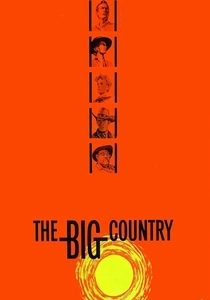
The Big Country (1958)
Description: This epic Western explores the rivalry between two families over water rights and land, highlighting the economic stakes in the West. The film's focus on land ownership and its implications on trade makes it a fitting addition to this collection.
Fact: The film was nominated for two Academy Awards, including Best Director for William Wyler. It was also one of the first films to be shot in CinemaScope, giving it a grand, sweeping feel.
 Watch Now
Watch Now 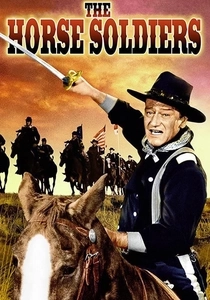
The Horse Soldiers (1959)
Description: This Civil War Western focuses on a Union cavalry raid aimed at disrupting Confederate supply lines, highlighting the strategic importance of trade routes and logistics in warfare.
Fact: The film was based on the true story of Grierson's Raid during the Civil War, and it was one of the few Westerns to deal directly with the conflict.
 Watch Now
Watch Now 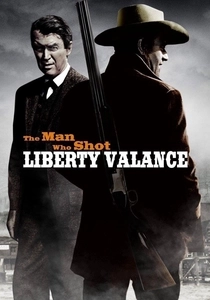
The Man Who Shot Liberty Valance (1962)
Description: While primarily a tale of law and order, the film subtly touches on the economic transformation of a town through the influence of a railroad, symbolizing the shift from frontier to civilization.
Fact: This film is often cited for its famous line, "When the legend becomes fact, print the legend." It was also John Ford's last Western with John Wayne.
 Watch Now
Watch Now 
The Ballad of Cable Hogue (1970)
Description: A unique blend of comedy and Western, this film follows Cable Hogue, who turns a desert watering hole into a profitable business, showcasing the entrepreneurial spirit of the West.
Fact: Sam Peckinpah, known for his violent Westerns, directed this more lighthearted tale. The film's setting was inspired by a real-life location known as "The Water Hole."
 Watch Now
Watch Now 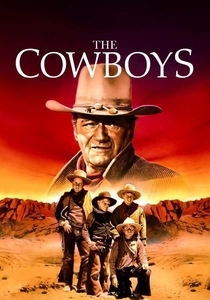
The Cowboys (1972)
Description: John Wayne plays a rancher who hires schoolboys to drive his cattle to market, illustrating the economic necessity of cattle drives and the impact on local communities.
Fact: This was one of the last films John Wayne made before his death, and it was also one of the first to feature a young Robert Carradine.
 Watch Now
Watch Now 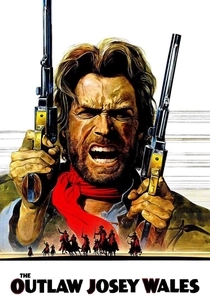
The Outlaw Josey Wales (1976)
Description: While known for its action, the film also delves into the life of a man who turns to trading and bartering to survive, reflecting the economic realities of the post-Civil War era.
Fact: Clint Eastwood not only starred in but also directed this film, marking a significant point in his career transition from actor to filmmaker.
 Watch Now
Watch Now 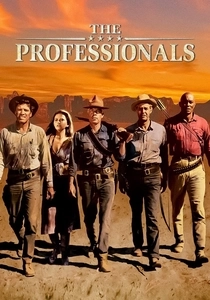
The Professionals (1966)
Description: A group of mercenaries is hired to rescue a rancher's wife from bandits, but the film also touches on the economic motivations behind such operations, reflecting the trade in human lives during that era.
Fact: The film features an all-star cast including Burt Lancaster, Lee Marvin, and Claudia Cardinale, and it was one of the first to use the term "professionals" in its title, setting a trend for action films.
 Watch Now
Watch Now 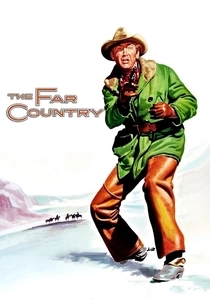
The Far Country (1954)
Description: James Stewart stars as a cattle driver in this film, which explores the economic aspects of cattle drives and the gold rush in the Yukon, showing how trade and commerce were integral to the Western expansion.
Fact: The film was shot in Jasper National Park in Alberta, Canada, providing a stunning backdrop for the story of economic survival.
 30 Days Free
30 Days Free 
